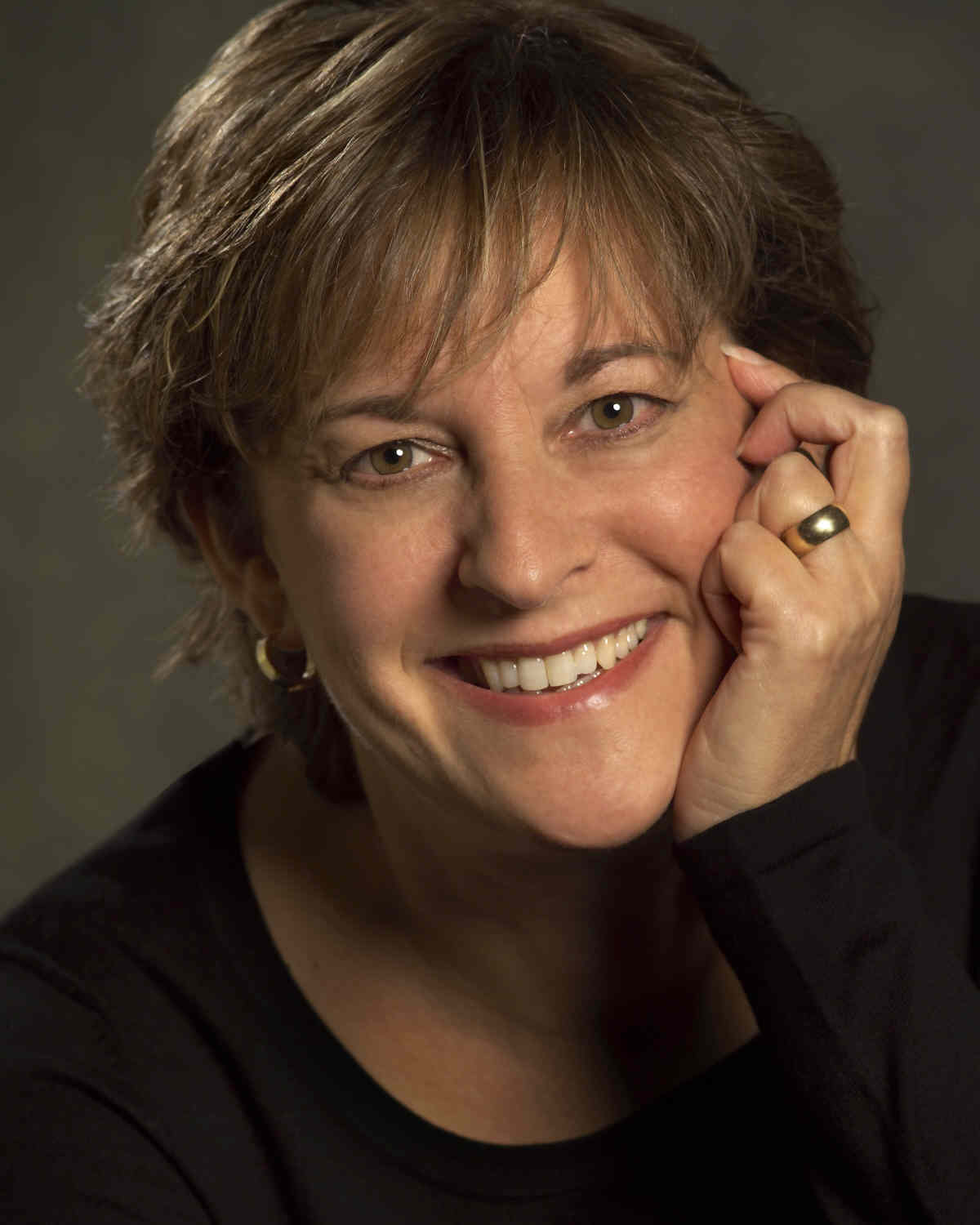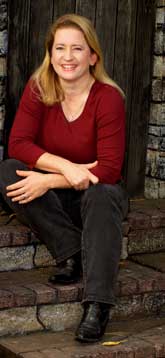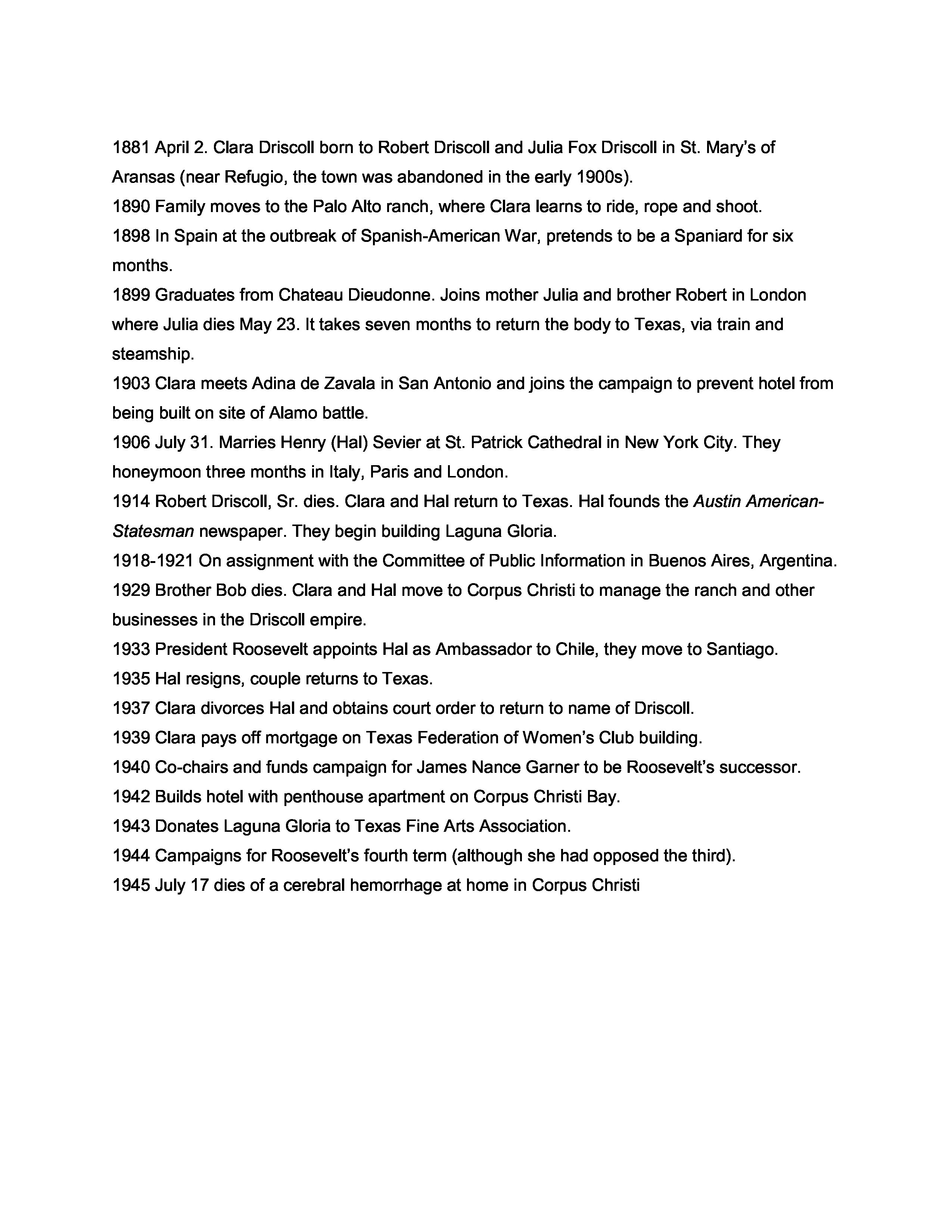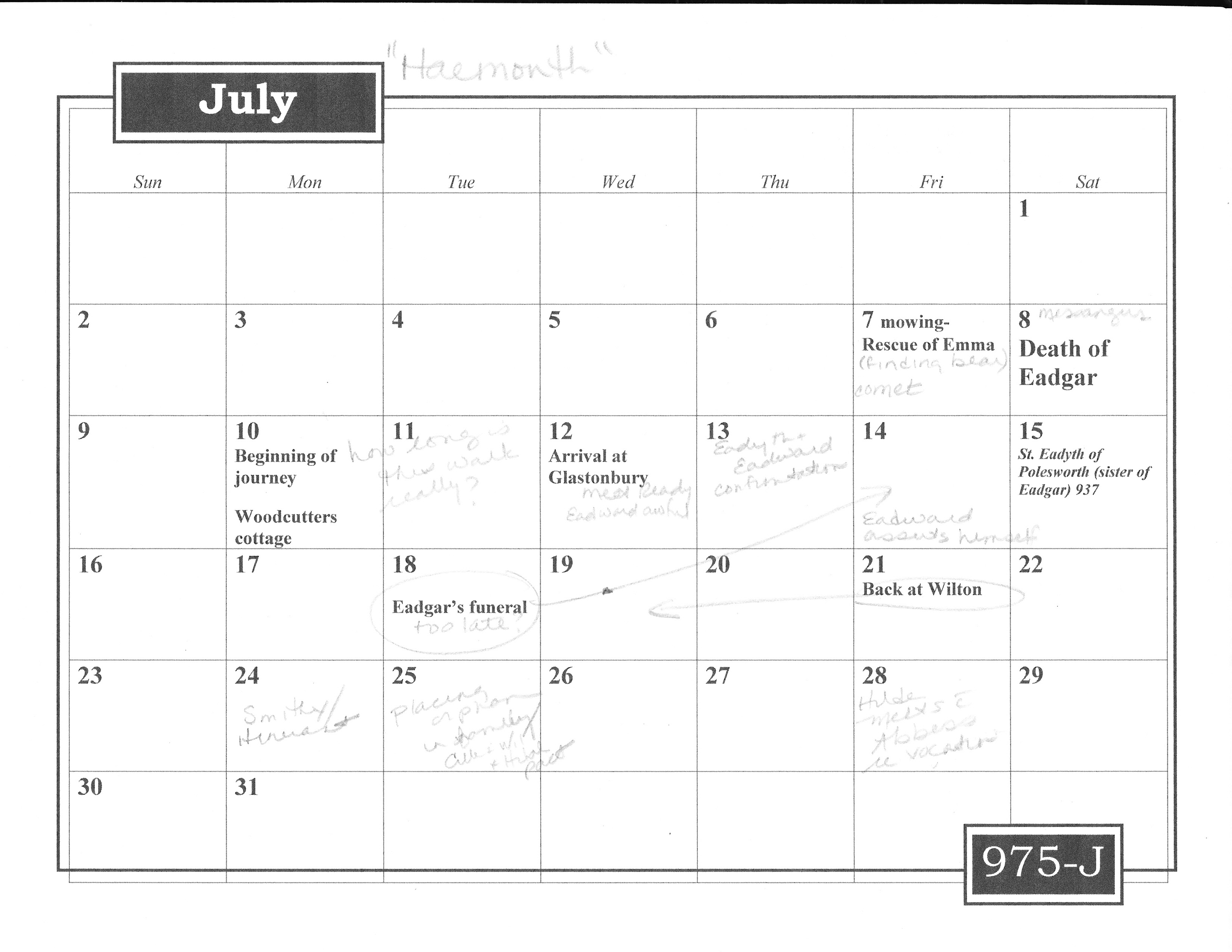Hi there! Did you have a good weekend? I hope so! Before we get down to writing today, let’s announce the winner of our Friday book giveaway!
Congratulations, Gayle Kolodny Cole! You’ve won a signed copy of SEE YOU AT HARRY’S by Jo Knowles. Email me your name and address (kmessner at kate messner dot com) to receive your book. And Jo’s Monday Morning Warm-Up for the day is here!
Today’s Mini-Lesson Monday post features two guest authors — Jody Feldman and Rosanne Parry — who are going to talk about how and where to get ideas for writing projects. So it’s a choose-your-own assignment week; feel free to work on the assignment that resonates most with you, or combine ideas from both to generate some ideas this week.
 Jody Feldman blames her 7th grade English teacher (justly or not) for turning her away from writing, yet the world mysteriously led her back. She is the author of The Seventh Level and The Gollywhopper Games. Coming: Gollywhopper 2 & 3 (HarperCollins/Greenwillow). You can find her at www.jodyfeldman.com and she’s @jodyfeldman on Twitter.
Jody Feldman blames her 7th grade English teacher (justly or not) for turning her away from writing, yet the world mysteriously led her back. She is the author of The Seventh Level and The Gollywhopper Games. Coming: Gollywhopper 2 & 3 (HarperCollins/Greenwillow). You can find her at www.jodyfeldman.com and she’s @jodyfeldman on Twitter.
MINING IDEAS FROM THIN AIR
When I was a kid, I originally concluded I was incapable of Important Thoughts. Being naturally competitive, though, I didn’t let my internal conversation stop there. I learned how to mine ideas from what often seems to be thin air.
Because it’s as simple (and as difficult) as opening your eyes and ears and instincts, and consciously noting what’s happening both around you and inside your mind, I offer four suggestions – practices I’ve integrated into my everyday life.
1. Extend your dreams. Even if it means setting your alarm several minutes early, lie in bed and hold on to that semi-sleep state. Grab an image from your mind. Assign it to a character. See what new ideas evolve while you’re still hazy.
2. Reading a new book? Pause right in the middle of the story. How would you end it? Is your ending satisfying? Dig deeper. Think of another road to travel. Is your ending different? Try building a separate story around it.
3. Go to a public place. Observe. Watch that guy use a tissue after he sneezes. Imagine, instead, if he wiped his nose on his sleeve. On his bare arm. On a napkin from his lunchmate’s tray. What if he sneezed out fire? Or was propelled upward? Let your mind run with the possibilities.
4. Get in touch with your mini adrenaline rushes. What makes your ears perk? What raises your creative antennae? Go to any bookshelf and look at the titles. Which words stir your insides, have you wondering about the story? Visit any museum – art, history, science. What objects stop you? Make you take a second look? Follow those thoughts.
Today: Get inspired by a single word.
Assignment: Go to the random noun generator: http://www.wordgenerator.net/noun-generator.php
The first word that pops up is yours for the day. You have two choices:
- Brainstorm:Generate a full page of plot ideas with that noun at the center of yourthoughts. Need a boost? Add in a second word.
- Dive in: Let your noun kickstart a piece of writing. The word generator, for example, gave me expansion. My first, raw thought:
Whenever Parker caught sight of the Four Springs Expansion Bridge, he always gasped a little.
Funny. Now I want to know why.
Speaking of expansion, for an expanded version of this mini-lesson, email me, jody@jodyfeldman.com
———————–
 Guest author Rosanne Parry’s titles include SECOND FIDDLE, HEART OF A SHEPHERD, and DADDY’S HOME. Rosanne was born in Oak Park, IL and lived just a mile or so from the childhood home of an author named Ernest Hemingway. I moved away from Oak Park when she was five and grew up in Portland, Oregon, where she lives now. When she’s not writing, she likes to play the violin. She can also juggle, and is learning to tango, but cannot throw a frisbee to save her life.
Guest author Rosanne Parry’s titles include SECOND FIDDLE, HEART OF A SHEPHERD, and DADDY’S HOME. Rosanne was born in Oak Park, IL and lived just a mile or so from the childhood home of an author named Ernest Hemingway. I moved away from Oak Park when she was five and grew up in Portland, Oregon, where she lives now. When she’s not writing, she likes to play the violin. She can also juggle, and is learning to tango, but cannot throw a frisbee to save her life.
STORY HUNTING
Thanks Kate for the invitation to join summer writing camp! I’ve been eagerly following along as my deadlines allow and enjoying the conversation immensely. It makes me miss teaching full time.
But here’s what I don’t miss—giving a writing assignment and hearing a high-pitched wail from the back of the room, “But I can’t think of anything to write!!!” The distress that accompanies the lament is absolutely genuine, but it can take a lot of teacher energy to get that doubting writing to give his or her story a try. But to be fair, most adult writers do quite a lot of (hopefully internal) wailing before choosing a setting, characters, and plot for a new story. Part of the answer lies in believing you have good ideas. I do a workshop for kids called Story Hunting to help them generate a bank of story ideas to draw on. This is a variation of that workshop geared more for adult writers of fiction and memoir.
The idea is to generate a bank of story ideas to draw on in future writing projects, so don’t worry about having a story in mind for everything on the list. Generate the list and then let it spark story ideas over time. The important thing is to generate more ideas in the bank than you will ever use. It takes the pressure off because you aren’t looking for one perfect idea, just a whole bunch of ones that are personally appealing and can be combined in ways that make for a story only you can tell. Pull out a pencil and find a blank page in your journal. If you don’t get to ten ideas in a category, leave yourself some space and come back to it in a few days. If you’re on a roll, you are more than welcome to go beyond ten.
Setting Bank
1. List ten places that you have lived in your lifetime. It need not be 10 different towns. Different places in one town are fine. Summer camp, visits to grandma, college dorm, basic training—they all count as places you’ve lived
2. List ten places to which you feel a strong emotional connection. The emotion can be positive or negative. Either is powerful. (it’s okay to have repeats in the bank. That can tell you something useful about where your heart lives.)
3. List ten places you’ve visited on vacation or places you’d love to visit in your lifetime were money and time no object.
4. List ten places from which your ancestors or in-laws come.
5. List ten books or movies that have settings you’ve found particularly captivating. (you may want to include a brief note about what attracted you to the setting.)
Here is your “bank” of 50 setting seeds which are likely to be fruitful in your own writing. Use them as a jumping off place for deciding where to set your next story. For example, I listed Paris under #2 and #3 so I made it the setting for part of Second Fiddle. The combination of emotional connection and first hand experience made it easy to write about with both warmth and realism.
Character Bank
6. List ten jobs whether paying or volunteer that you’ve done in your life.
7. List ten famous people, historical or contemporary, that you would love to share a meal with.
8. List ten ethnicities, religions, tribes, cultural groups, gender or sexual orientations, or political philosophies that are represented in your extended family.
9. List ten people who can make you laugh.
10. Complete this sentence ten times. “I’ve always wanted to _____ like ____________. For example, Dance like Gene Kelley.
Here is your bank of 50 character seeds. None of them is a fully developed character but used in combination, they can help you develop a rich and complex character that is likely to resonate with you. For example, I have always wanted to be able to rope a calf from horseback like my college roommate could. And many years ago I met a Quaker midwife who told me that once during a particularly difficult labor and delivery she had a vision of the Virgin Mary helping her. She didn’t convert to Catholicism or anything, but she did gain an insight into a religious experience that had previously felt very foreign to her. I drew on my friendship with a ranch girl and this intriguing blend of Quaker and Catholic experience to craft the characters in Heart of a Shepherd.
Thanks, Rosanne and Jody, for these GREAT ideas to generate more ideas!!














